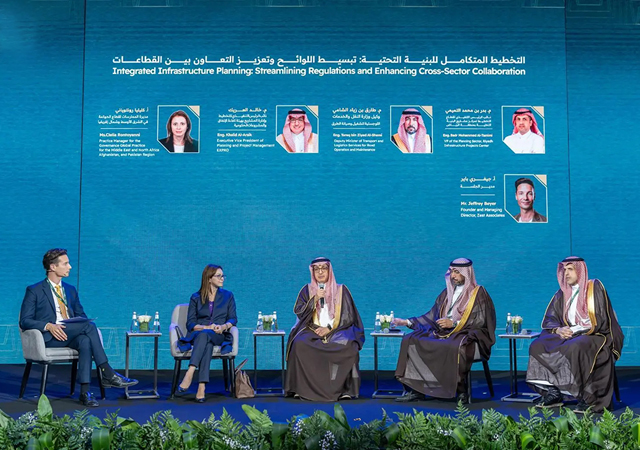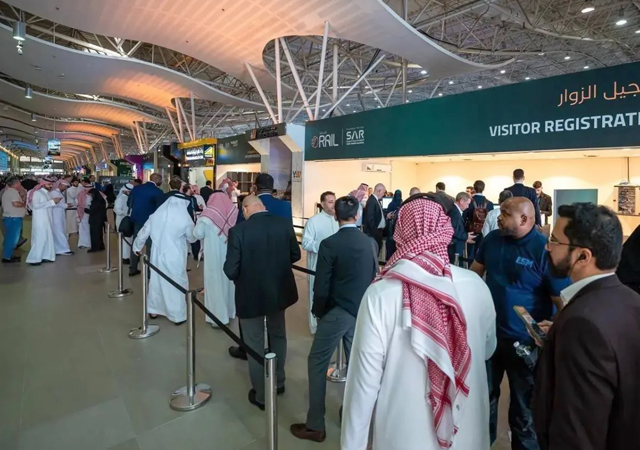

STUART JORDAN* says that the best way to deal with interfaces is to manage them through top-down management, with proper organisation and planning.
This isn’t about partnering or sharing risk or being nice to each other. This is about how we can better manage the interfaces between the participants in any construction project.
Interfaces are where we get the big trouble; the mess-ups which cause the expensive delay and disruption. Any contractor (or subcontractor) can go wrong. That is a problem in itself but we all know that the problem is multiplied where the contractor is working alongside or ahead of other contractors, who are delayed and disrupted in their own work. That brings claims for extensions of time and for monetary compensation for slower and inefficient working.
So, what can be done?
There are three possible solutions:
• Disallow everyone’s claims for delay and disruption;
• Don’t have any interfaces in your project; and
• Manage the interfaces properly.
Option One: In the Gulf region, we are used to employers setting tough contract conditions which sometimes cross the “trying too hard” line and end up not working. This is a common example.
Routinely, contracts state that contractors must accommodate other contractors on and around their work area, regardless of the constraints this causes in lack of access and delayed access to the places the contractor needs to be. In addition, a contract might state that the contractor must work to a stated programme and that the programme can only be changed by the employer. In that situation, the employer has created the easiest way for the contractor to show that the employer has made it impossible for him to comply with the contract.
In more technical terms, the actions of the other contractors (appointed by the employer) are acts of employer prevention. On generally-accepted construction contracting principles (which, in my view, are mirrored in Middle Eastern legal principles), the employer cannot commit acts of prevention and also validly hold the contractor to his obligations by cutting out allowing his claims for delay and disruption.
In other words, the problem cannot be wished away by removing claims entitlement, although usually the real objective is less than that. Since all of the contractors will have the same contract provisions, the result is that everyone is chivvied along to just do their best to work around each other. They all lose a bit but – it is hoped – not enough for them to think hard about their legal position.
Option Two: No interfaces means no such problems causing delay and disruption. That is the thinking which takes us towards the “single point of responsibility” solution. The ultimate example would be the fully-fixed price EPC (engineering, procurement and construction) contract with time and money claims limited to employer breach and prevention. If the employer can avoid both interfering and the temptation to order changes, then he is in theory insulated from time and cost overrun risk. The main problems are that this is an expensive solution which can take a lot of time to set up and mobilise. Also, employers nearly always interfere and always want to change things.
Option Three: Back in the real world, project developers need to get things going quickly and on multiple tracks – early design work, site surveying, groundworks and enabling works; in other words, with interfaces. This is almost always the case even where the objective for the main construction work is a single EPC or design-build contract – which increasingly is not the plan anyway. In these situations, the best way – as with all risk – is to understand it and manage it.
Top-down management
This requires organisation and planning. The most common mistake in top-down management is to put the construction phase into the hands of a project manager and expect him to take the problem away. Management without overall project planning has no context. It will not work.
Firstly, the works should be sequenced with as much detail as possible and this mapped onto the site and access points. The dividing of works into packages for different contractors needs then to take account of this. Sequencing is to give contractors the overall picture. If you can make clear what sort of interface issues each contractor can expect to see, they can plan and price for it rather than have it as grounds for claims.
Interface agreements
Apart from the “top-down” management, there is increasing awareness of lateral agreements. In this case, interface agreements which can be put in place between the contractors themselves.
This covers a range of options: there have always been no-binding “protocols” in which contractors working alongside each other would acknowledge each other’s planned activities, need for space and access, storage, etc and pledge to cooperate and coordinate with each other. The newer versions have legal force. Indeed, there are reciprocal indemnities for acts of each contractor which delay and disrupt others. The employer, of course, requires the contractors to enter into these agreements and should make sure that they align with overall planning but the employer is not an active party to these agreements other than, commonly, as a conduit for moving money between contractors pursuant to these indemnities.
These agreements are not a substitute for top-down planning. Without detailed sequencing and space-management in place, these mutual acknowledgements of each contractor’s plans are largely meaningless. It is not much better than the general “muddle along” situation described above. Neither should they be used just to insulate the employer from claims, although unfortunately that is sometimes the objective. The employer is capable of causing delay and disruption (late and poor design? Late approvals?) which are the fault of no contractors. The agreements need to allow for that.
Interface agreements are useful tools so long as the employer is prepared to plan and sequence the works in the first place.
* Stuart Jordan is partner and co-head construction for the international law firm King & Wood Mallesons (KWM). Based largely in Dubai, UAE, he specialises in engineering and construction matters, cross border, both front end and disputes.





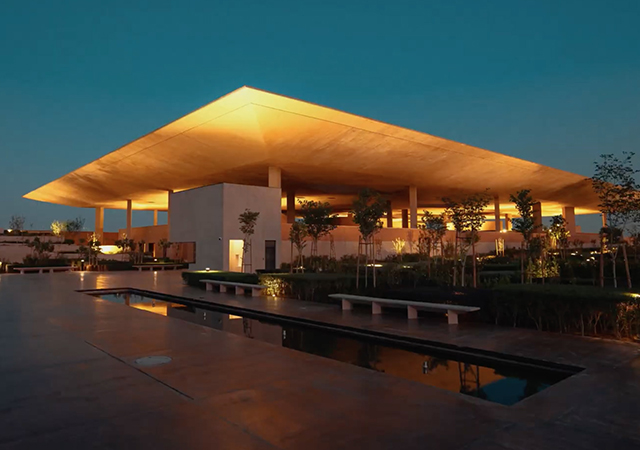



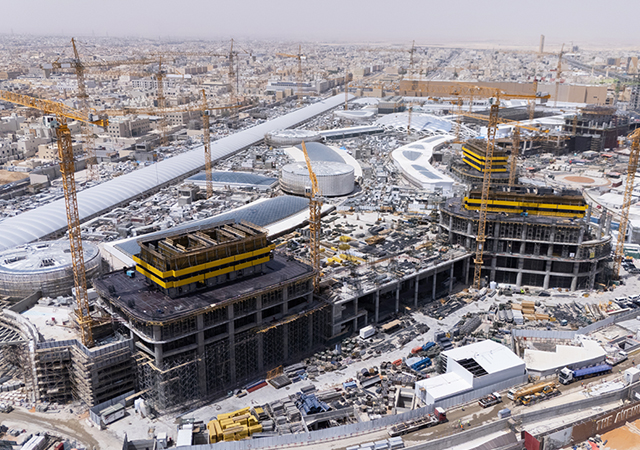
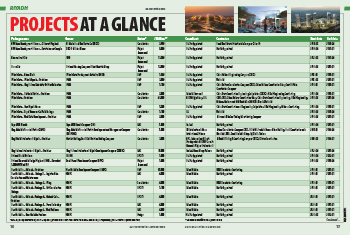




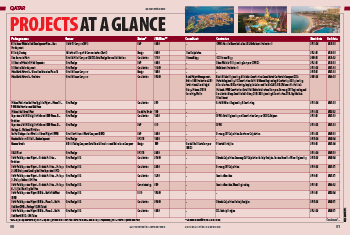
.jpg)
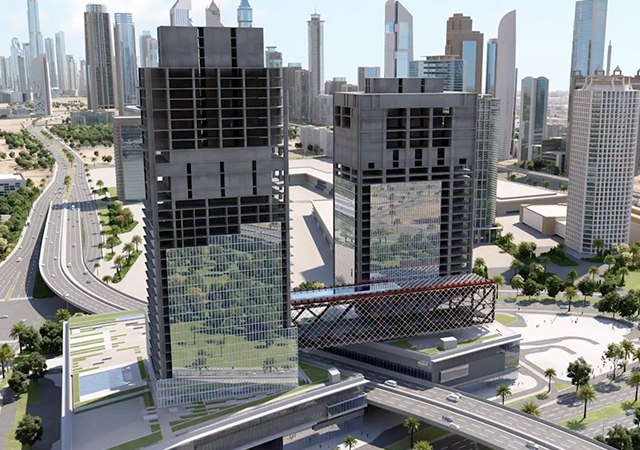


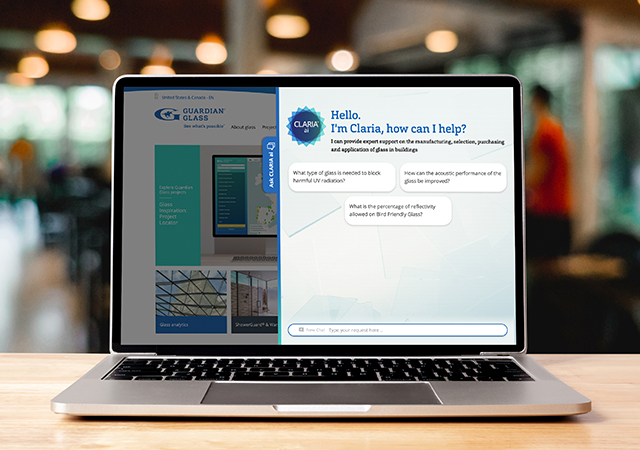



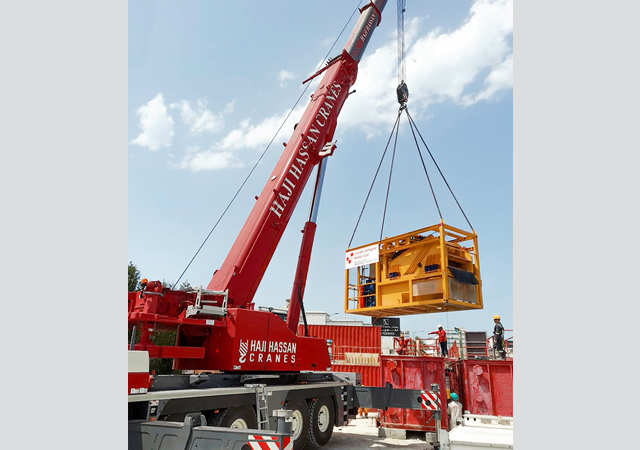
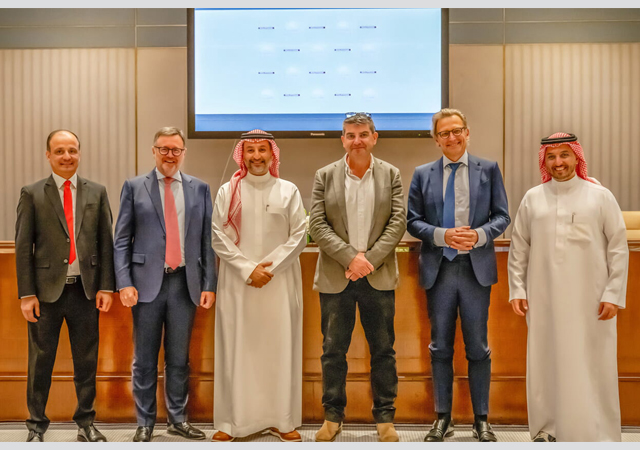



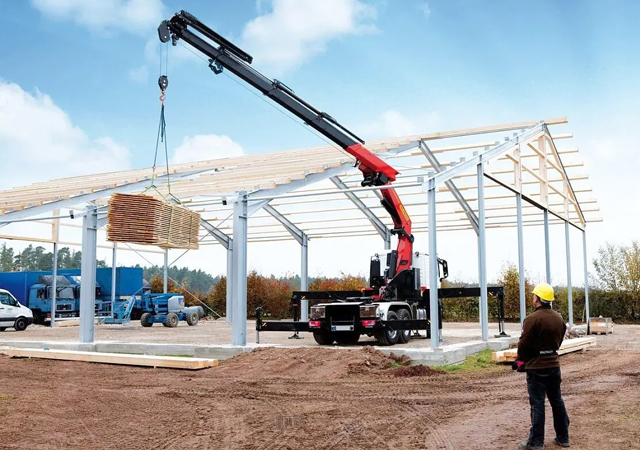
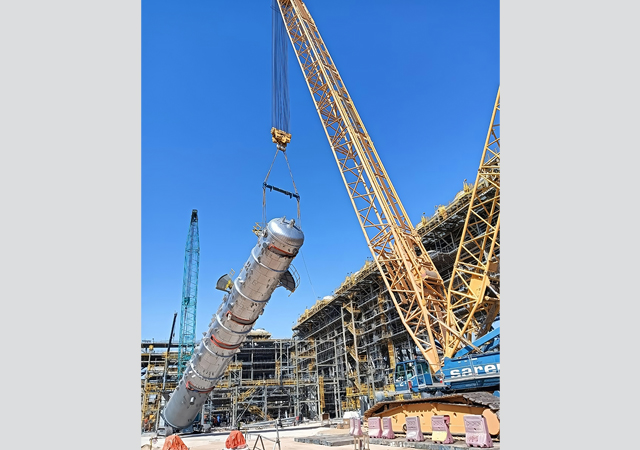
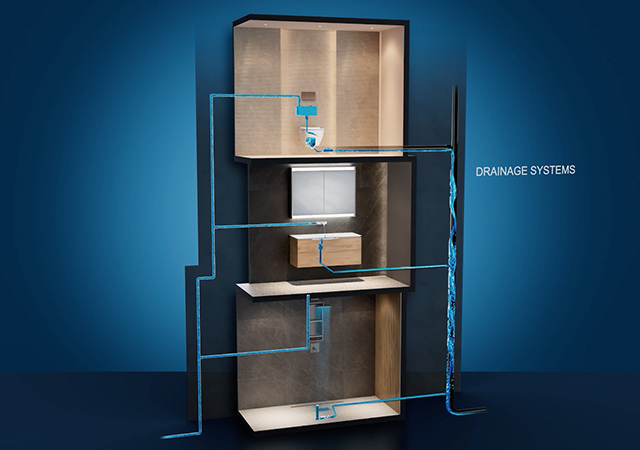
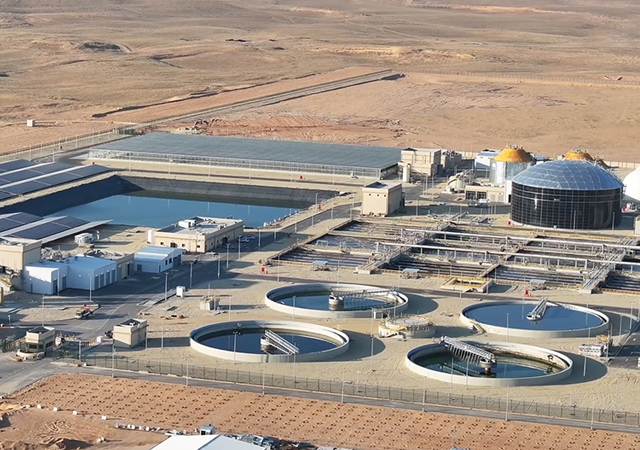




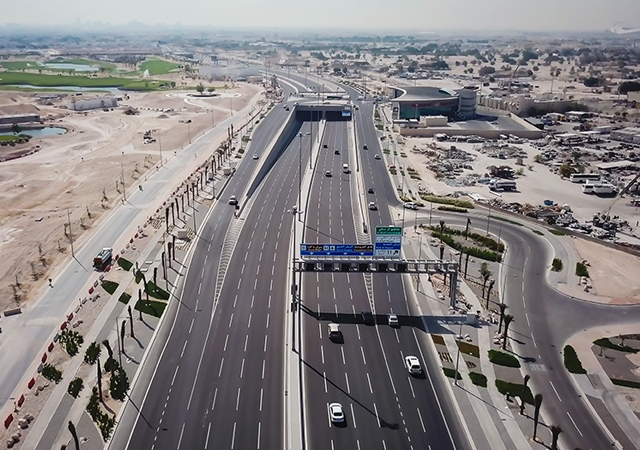
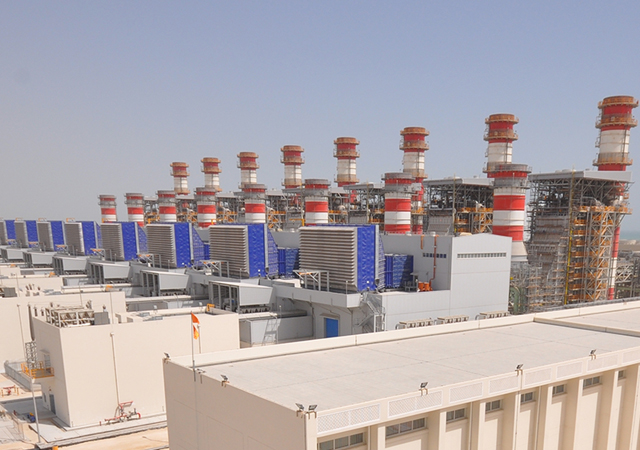


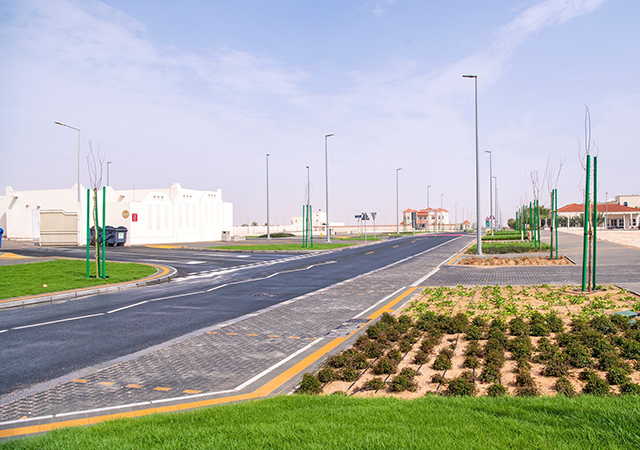
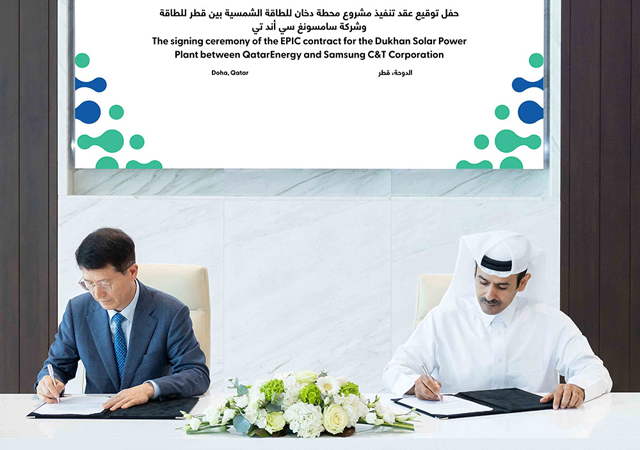


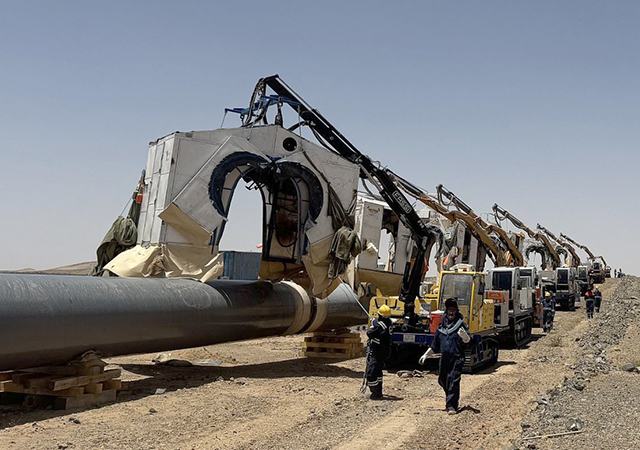

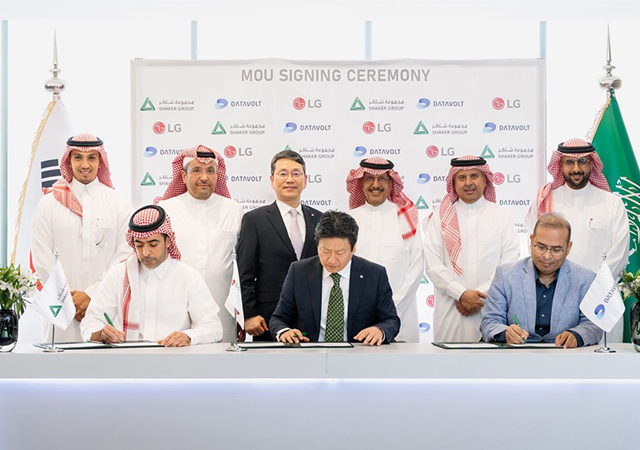

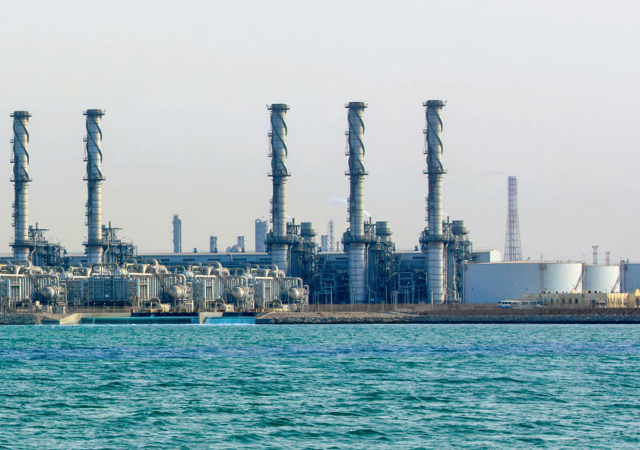

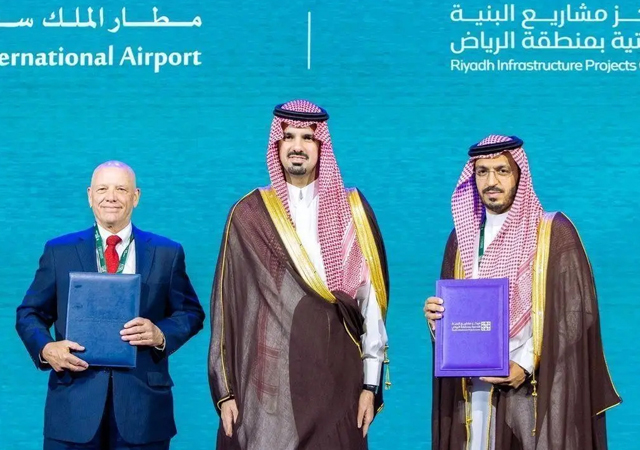

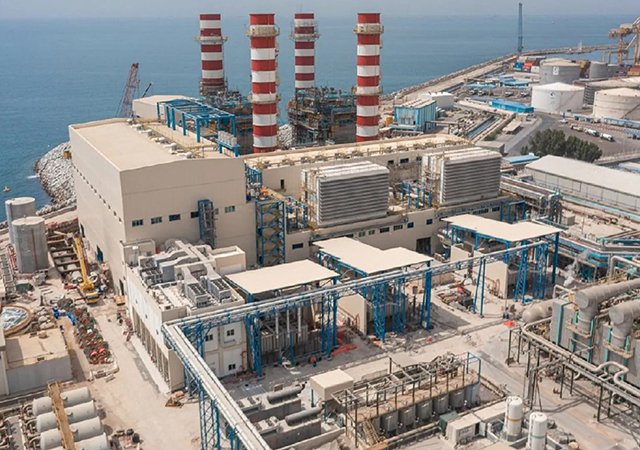


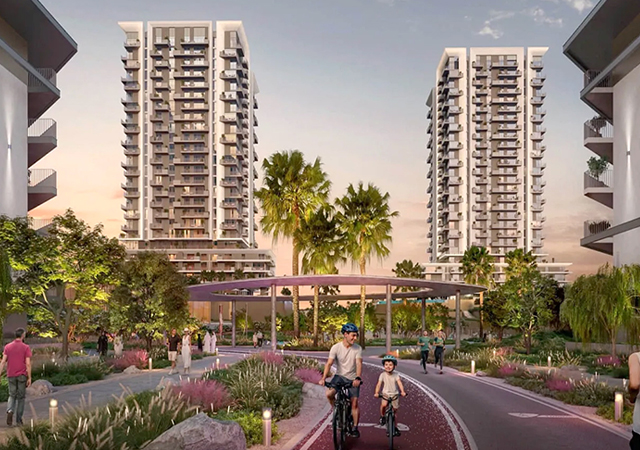


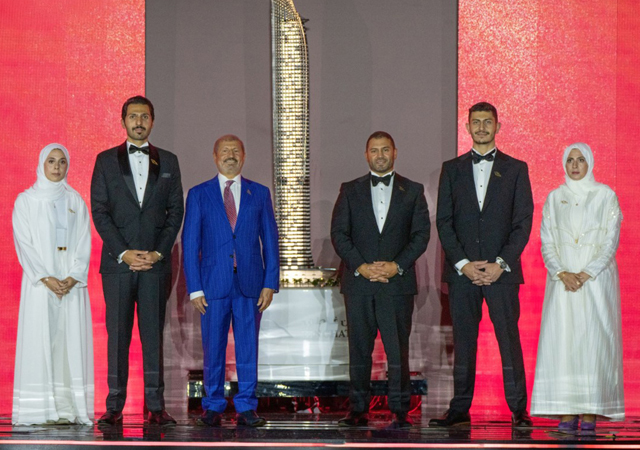







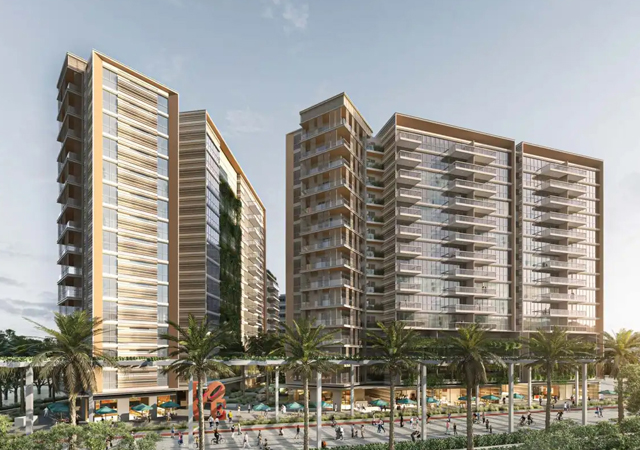
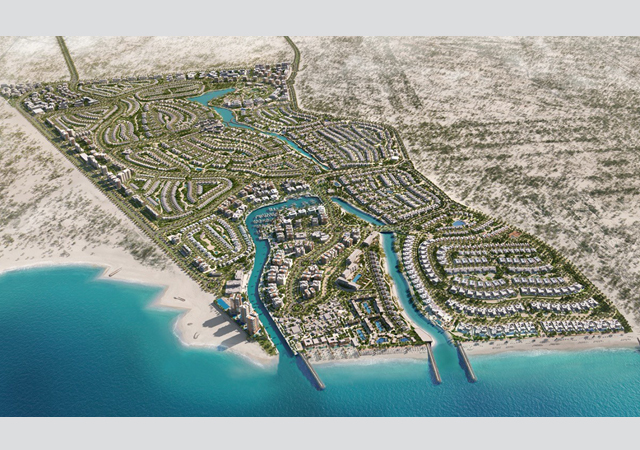
.jpg)


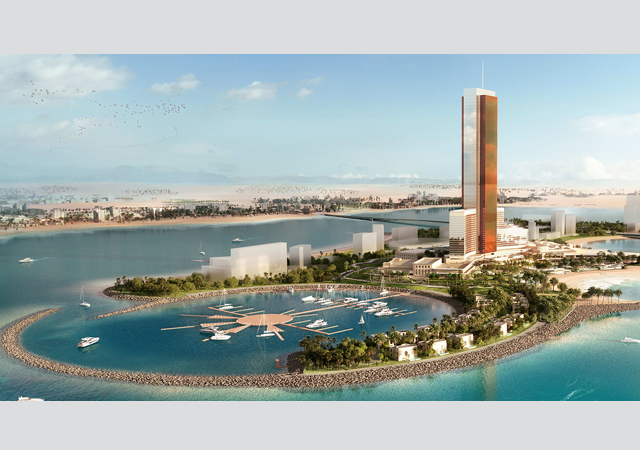

.jpg)


